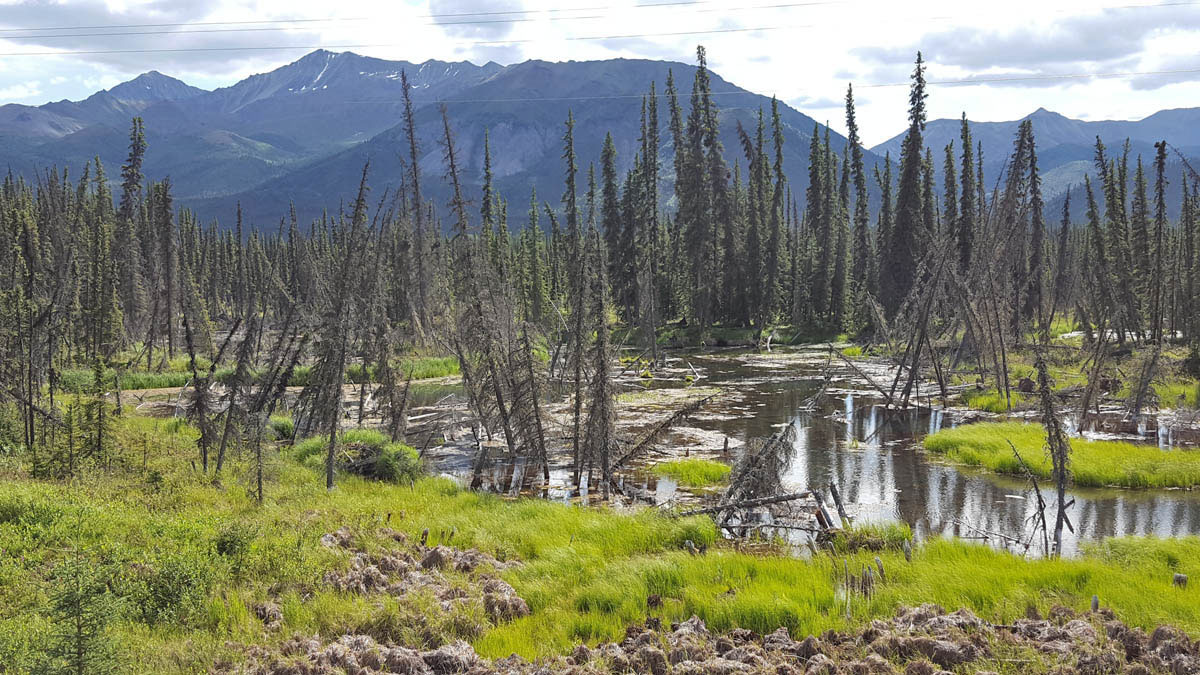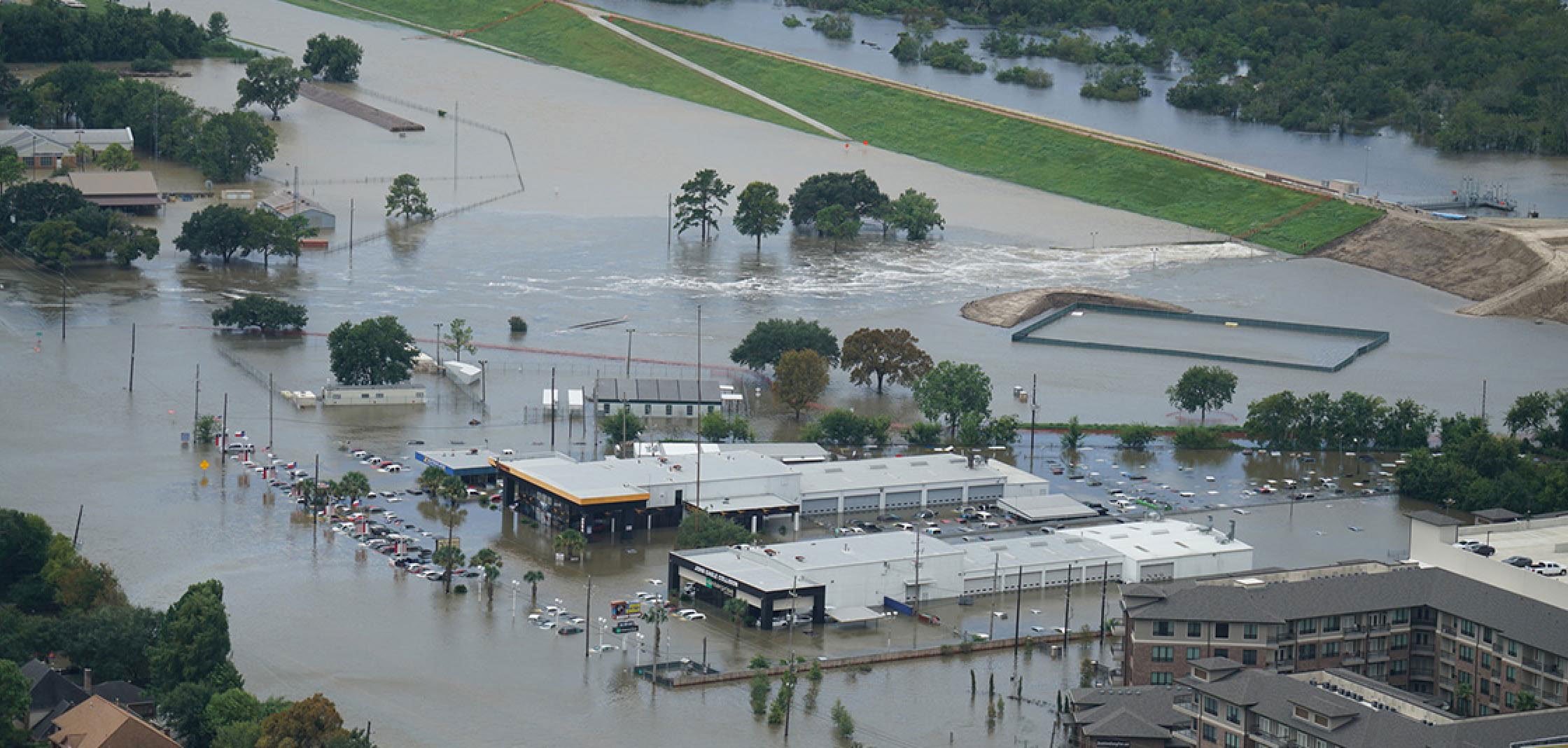Last year saw a multitude of developments regarding climate change — both bad news and good news. What happened and what can we learn from 2018? First, the bad news.
Alaska Flips From Carbon Sink to Carbon Source
Alaskan permafrost melt is now emitting more greenhouse gases than the entire state is storing in tundra and forests ecosystems, according to findings in the Proceedings of the National Academy of Sciences. This wasn’t supposed to happen before the end of the century, and Trump’s plans to open the 19 million-acre Arctic National Wildlife Refuge to oil drilling will only make things worse.

The 100-Year Storm Is Now the 25-Year Storm Across a Large Swath of Texas
In September, the National Oceanic and Atmospheric Administration (NOAA) evaluated rainfall in Texas, concluding the old 100-year storm is now the 25-year storm. However, this is an understatement, because it is based on long-term rainfall changes. Because rainfall extremes have only begun their dramatic increases recently, the trend is averaged low. Research by Kerry Emanuel at the Massachusetts Institute of Technology may give us a truly important look into the future, using new modeling methods to simulate Harvey-like storms. Today, in our already changed and dangerous climate, Harvey-like storms will recur in Houston on average every 16 years. By 2100, they will happen every 5.5 years.

National Climate Assessment Understatements
The Fourth National Climate Assessment (NCA) of 2018 heavily weights impacts for sea level rise of only up to three feet by 2100. This diminishes the importance of the 2017 NOAA’s worst-case scenario of 8.2 feet by 2100.
Prehistoric sea level rise from ice sheet collapse can be as much as 10 to 20 feet per century (see here, here and here,) Today we are warming our world far faster than almost anything in prehistory. This discrepancy is a huge challenge for science as abrupt Earth systems changes such as ice sheet collapse are not significantly included in future climate projections. This is because we cannot yet model abrupt ice sheet collapse with any degree of certainty.
However, 2018 also saw some positive developments.
Alternative Energy Cheaper Than Fossil Fuels
In 2018, more than 4 in 10 coal plants globally were operating at a loss, and a record 20 coal plants shut down or were scheduled to shut down last year, with another 150 scheduled to shut down in the next 10 years.
Meanwhile, levelized and unsubsidized new utility scale renewable energy generation costs are now cheaper than the cheapest fracked gas. The US alone could save $78 billion by switching to alternative energy according to Carbon Tracker.

Carbon Storage: Where Do We Put the Captured CO2?
We can put captured CO2 in many places, and do many things with it to keep it permanently stored. Blue Planet, an economically sustainable carbon capture company in Los Gatos, California, has developed a process to make synthetic aggregates out of carbon dioxide. Aggregates are any form of gravel, usually mined from an open pit either in riverine gravel deposits or from bedrock, which are then crushed — from the size of pecans to the size of sand. Aggregates make up 85 percent of concrete and asphalt, and have dozens of other uses, including as a base material for roadways beneath the concrete or asphalt.
The possibility of very large storage of carbon dioxide in synthetic aggregates is a major pathway for sustainability. The Blue Planet process uses waste from the mining industry and the huge waste concrete business as the stock to build their synthetic aggregates. They’ve not published their trade secrets, but claim that costs in aggregate-poor areas like major metros on the West Coast are already cheaper than mining aggregates.
The California Department of Transportation has tested and approved synthetic aggregates for use in concrete and road base. The overall market for this technology includes 41 states in the US that allow recycled concrete in pavements. As urban areas continue to grow and hauling costs of aggregates into larger urban areas grows correspondingly, more areas will find that synthetic aggregates are cost feasible. Further process refinements for synthetic aggregates, including the use of low-cost renewable energy, will allow the base cost for synthetic aggregates to fall.
Green New Deal
The most significant development of 2018 on the climate front is arguably the Green New Deal. The plan’s goal is to drive “the transition of the United States economy to become greenhouse gas emissions neutral and to significantly draw down greenhouse gases from the atmosphere and oceans and to promote economic and environmental justice and equality.”
The plan would also provide training and education, including a living wage; diversify local economies, especially in fossil fuel-rich regions; uphold worker rights; ensure justice and equity in low-income and underprivileged sectors; protect and enforce sovereign rights; mitigate deeply entrenched inequalities in income and wealth; include universal health care; and deeply involve national and local labor unions to take a leadership role in the process of job training and worker deployment.
Taken together, these developments from last year show us that while we made some positive gains, we must take urgent action on climate change in 2019 and beyond if we hope to have any chance at survival.
Our most important fundraising appeal of the year
December is the most critical time of year for Truthout, because our nonprofit news is funded almost entirely by individual donations from readers like you. So before you navigate away, we ask that you take just a second to support Truthout with a tax-deductible donation.
This year is a little different. We are up against a far-reaching, wide-scale attack on press freedom coming from the Trump administration. 2025 was a year of frightening censorship, news industry corporate consolidation, and worsening financial conditions for progressive nonprofits across the board.
We can only resist Trump’s agenda by cultivating a strong base of support. The right-wing mediasphere is funded comfortably by billionaire owners and venture capitalist philanthropists. At Truthout, we have you.
We’ve set an ambitious target for our year-end campaign — a goal of $230,000 to keep up our fight against authoritarianism in 2026. Please take a meaningful action in this fight: make a one-time or monthly donation to Truthout before December 31. If you have the means, please dig deep.
